How to Increase Organic Traffic: Get 100k visits/mo using SEO
A month by month guide to raise your chances to get to 100K organic SEO visitors in the next 12 months.

I don't know what your situation is, but there are some valid reasons why you might've landed on this page.
Maybe your Startup is gaining traction and you've been planning how to keep your growth coming and where to re-invest all that beautiful MRR that's sitting in your Stripe account.
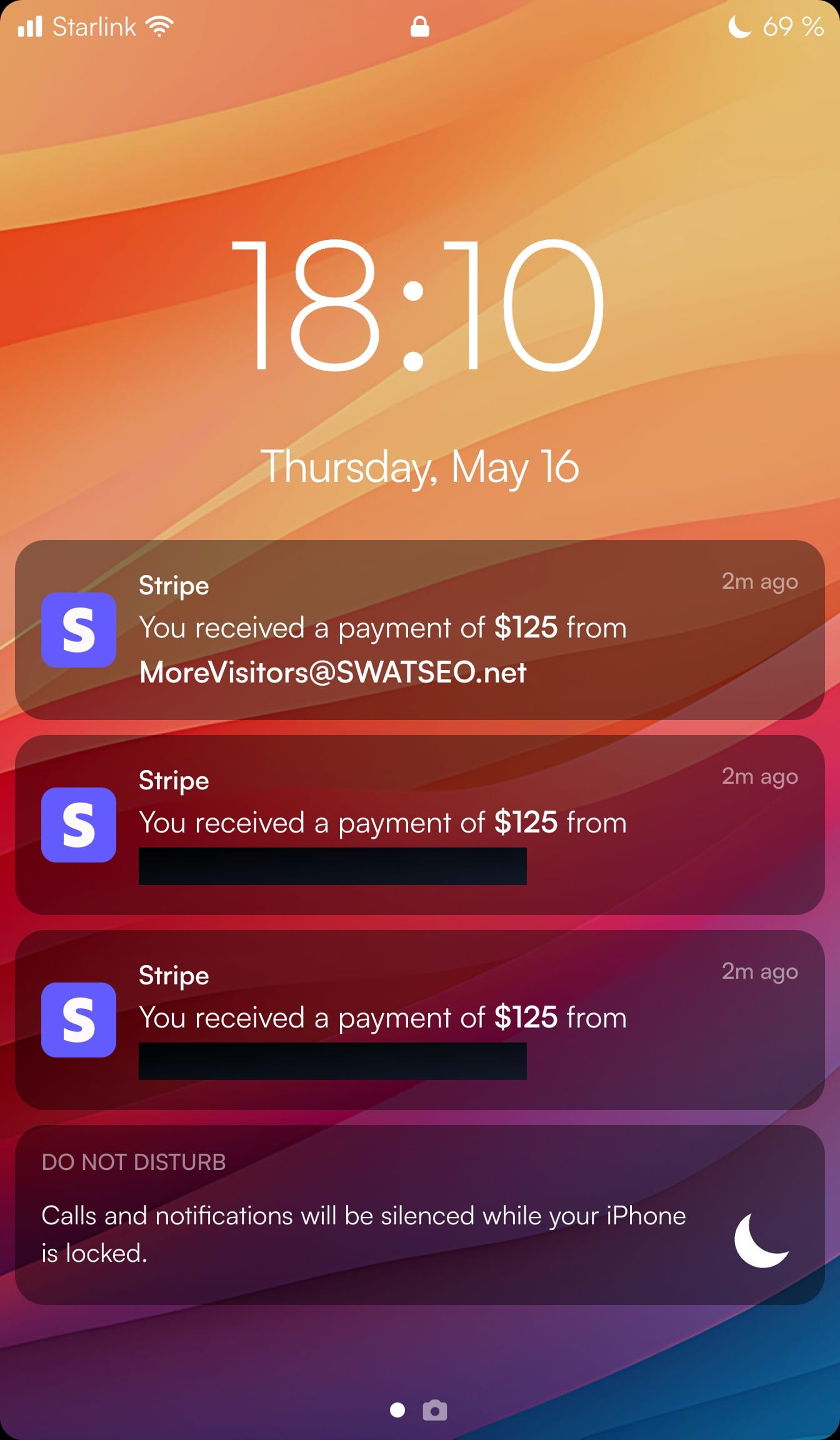
Perhaps you just raised funds and are wondering how to fulfill your traffic promises. Or maybe you're sick of blindly following every snake-oil offer on the Internet and have decided to take action on your own.
Whatever the case, I'm sure you can close your eyes right now and know exactly what the next monthly traffic milestone should be. You have a number already.
Is it 1k, 10k, 100k or 1MM organic visits? I can confirm: it is achievable.
In fact, my SEO agency has achieved all of these milestones for different types of clients, and I know a thing or two about scaling content for these companies.
Here's some proof:
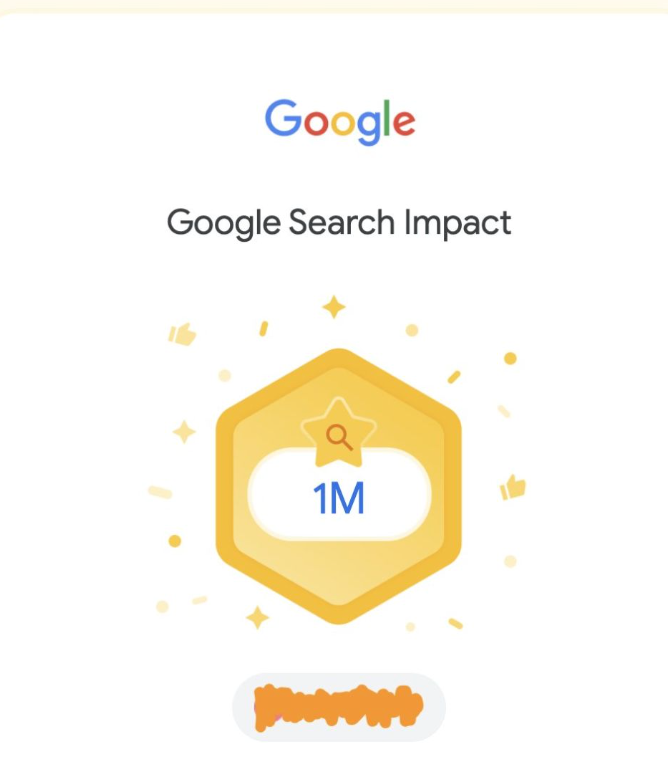
Let me walk you through the steps you need to follow to achieve those goals.
But first, one piece of advice that you might not like: start slow.
You can't run a marathon before running a 5K, 10K, and half marathon. We need to be prepared for the big day.
Ready to run your first mile? Good. Let's warm up then!
Preamble: Print your DNA in the initial content before delegating
Ok, now this is the second advice from me that you will hate: write the first pieces of content on your own.
Do not let anyone do these. Your content will set the tone, the intelligence and your insight about the industry before anyone else touches on your content.
This is important because content has a DNA, and it will replicate throughout your organization in the years to come.
Believe it or not, your first pieces will also continue to bring you most of the traffic and conversions.
It will probably take a long time before anyone else writes something as effective as what you will do here.
Give it a month or two to see the impact of your initial pieces, and then, let's do the first step below:
Month 1 — Plan thoroughly with a budget in mind
Plan a first SEO sprint of content with minimal resources. No more than a month.
Set an initial budget for an SEO Sprint of one month and a limited budget.
At this stage, you could get 1 SEO contractor to help you write more of the initial pieces for your Startup.
The content should be very close to your business and what you do, providing you with an opportunity to bring new users looking for your solution.
Track every single interaction of the content created by them, and analyze the impact of the work a couple of months later.
What to track? Some ideas:
- visits
- conversions
- time on page
- contacts
- forms filled
- etc.
Month 2 — Publish some more SEO Content
With the learnings of the first SEO sprint, increase the output of content and collect more data.
Once you have some data, understand what is working and run a second SEO Sprint.
This time with a bigger output.
You can do this as easy or as complicated as you want, but the takeaway is: publish some more. Get used to it. Get used to spending without inmediate results. Get used to read what the data is telling you.
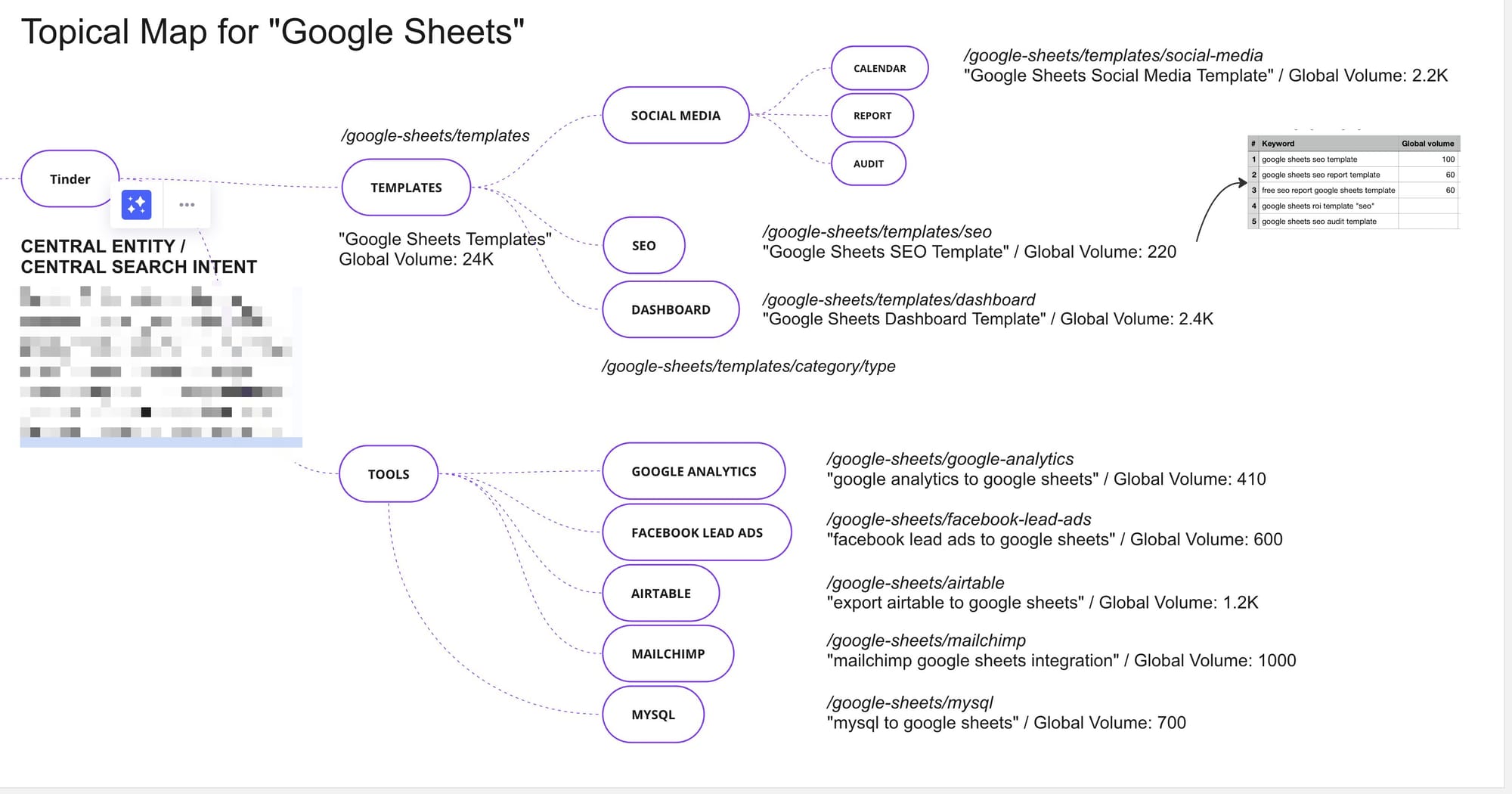
Month 3 — Build your Topical Map and Editorial Calendar
Take all the produced content to build topical map with pillar pages and content clusters. Create an Editorial Calendar of 3 months for your team. Delegate.
If you know how, use the content you already publish and build your Topical Map with the right Pillar Pages and Content Clusters, or if you're not sure how to do it, acquire a custom content roadmap.
Take the information from the two SEO Sprint you ran and improve your SEO strategies.
You should also have an Editorial Calendar and enough content lined up to produce or delegate.
Time to start hiring!
- 1 SEO Editor/Manager
- 1 or 2 writers to publish often
Month 4 — Publish thoughtful content with a chance to make the rounds and get qualified traffic
Start adding "the sauce" on top of the content.
The thing what would make your stuff different that everyone's.
Add your data, your tools, your product, your CTA's, your industry insight, your quizzes, etc.
In short, add uniqueness.
Use an angle that helps you get more attention. More attention means natural backlinks, a better branding perception, and more conversions.
Take my "Does your website need "Content Velocity?" article as an example: a normal article would just answer the "what is it", "how to calculate it", etc.
I went went beyond the common knowledge explanation by giving further insight as to whether or not it makes sense to pursue content velocity, an angle that is rarely (if ever) covered by other SEOs.
When you create value beyond what's already out there, you will attract attention to your project.
That attention is a reward for going the extra mile, and it comes in the form of backlinks to your articles, social mentions, organic traffic, and overall positive karma that will translate into business soon.
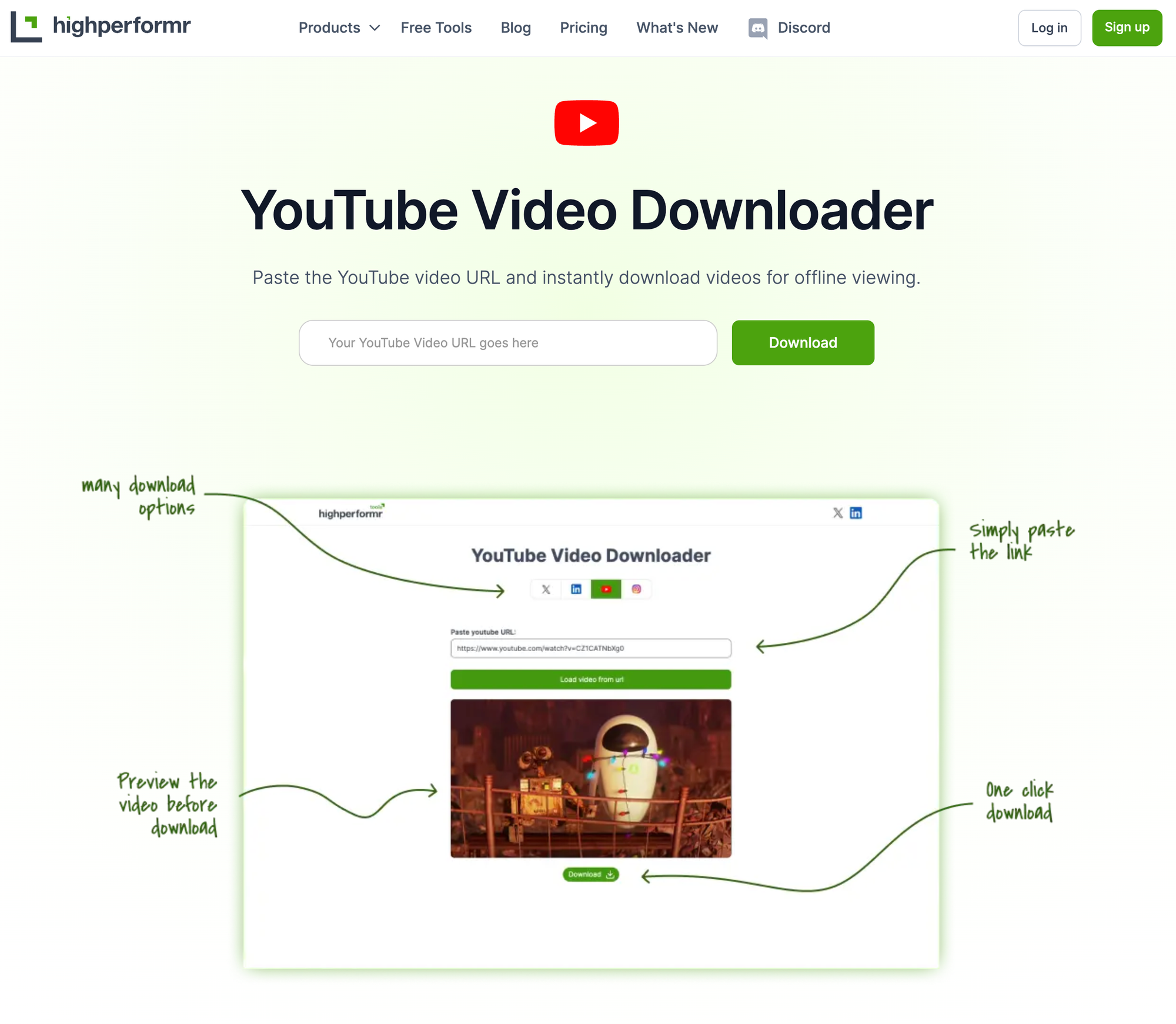
Month 5 — Build other SEO assets (mini-tools, calculators, courses, etc.)
It really doesn't matter much what your industry is, you probably have a chance to create different tools for your audience.
A travel agency could hace a trip time calculator, or a budget calculator.
A marketing agency can have a course about Instagram DM's.
A bank can have loan calculators.
You get the idea.
Month 6 — Publish HAI Content (Human-edited AI)
Build a HAI (Human-edited AI) Content Framework under a pSEO project (programmatic SEO).
The basic premise of the HAI content is to power your content with a good (maybe large?) database that can help you mix and match validated keywords and use cases.
But given that you will save so much time in creating those, also take the time to add a human flair.
Do you want to publish 100 pages? Alright, but ensure that you review each one of the pages, that the information is correct and not hallucinated, that it has the right angle, introduction and takeaways (but please, do not write "takeaways").
Don't forget to add context and the angle to match the narrative your reader might be trying to validate in its own head.
Some examples:
- Competitor X vs. Competitor Y
- Alternatives to X
- The best X (something) for (something)
Pro tip: the possibilities are endless, but these can be accompanied by anything measurable.
For example:
The (CHEMICAL: chlorine) of (BRAND: Hammer) in (PRESENTATION: bottle) comes with (NUMBER: 10) (TYPE: liters)
Deploy it. Assess. Learn. Repeat.
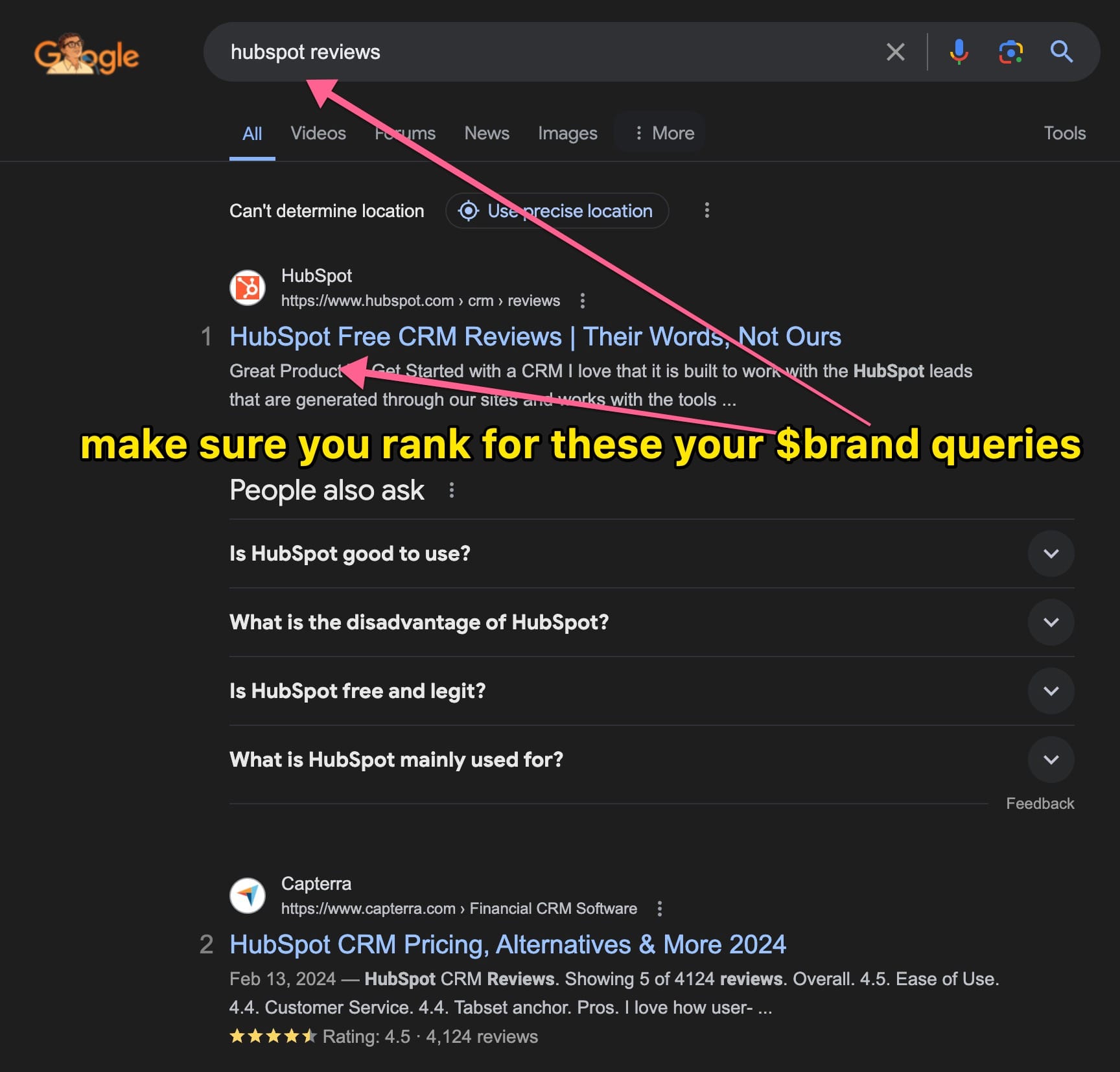
Month 7 — Dominate SERPs with your Brand
Make sure to dominate the search results for your mentions: $ Brand Opinions, reviews, alternatives, etc.
It's been seven or more months since you started your SEO journey. You've been receiving feedback throughout all this time, so make sure you also "make bank".
How? Ensure to have all the combinations your customers are looking for your brand. Like what? Some ideas:
- brand opinions
- brand reviews
- is brand X....
- where can I find brand
- brand customer support
- brand login
- copy/paste error messages from your SaaS ("Can't login, error XXskah")
- etc.
Month 8 — Translate Your Content
Just do it.
Month 9 — Convert your customer support answers into content where possible
Take all the content from your customer support responses and convert them into articles. People are probably looking for those.
Month 10 - Audit your content and your website
Audit your website.
Re-check all your content.
Analyze your keywords, your pages, your conversions.
Fix everything that is broken.
Check your content, delete any unnecessary piece.
Do competitor research and fill the gaps where possible.




